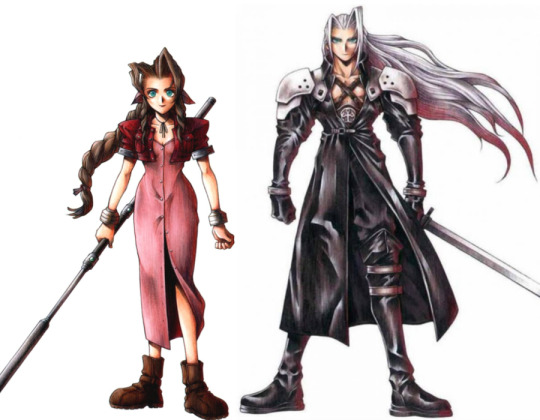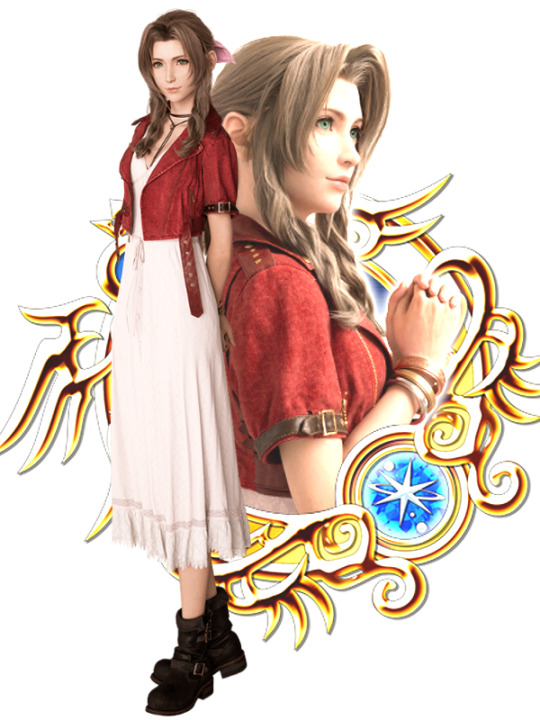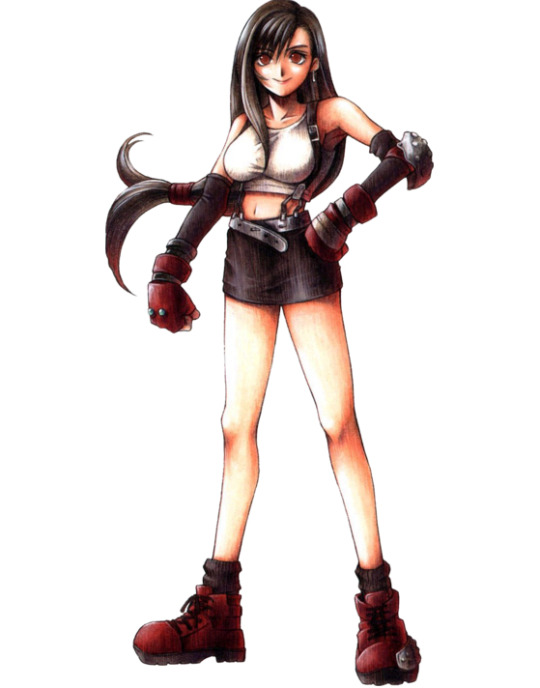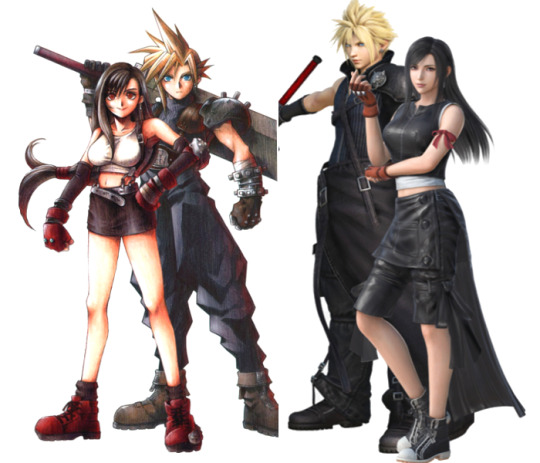#=then an external concept that has a visual component that it knows and already vibes with (since we also are affected by visuals a lot)
Text
[Lio] on the fucking Lord. If my subsystem gets another t/az facet. I’ll be like what the fuck
#lio tazblogging#liolog#=I have NO clue what keeps making our brain grab on to mackleboys characters like. what is happening here#=do we enjoy the podcast Yes is it our favorite thing ever no. and yet#=ok I can’t say I have no clue. I have a hypothesis#=the tldr of said hypothesis is this: we always have been very affected by audio#=AND we have hyperfantasia which means we always always are mentally visualizing things#=I think this probably leads to a lot of: if we are listening to something narrative that has no predetermined visuals and relies on#spoken description#=then we are going to naturally interpret said audio medium through our mental lens#=which is also what we use to interact in headspace and to envision ourselves#=so for this reason I think audio affects us significantly.#=this is probably why music and musical trance and musical triggers are so effective at getting us to switch or affecting the system in#other ways#=and why one of the things that tends to clue us in to the difference in imagination and a new headmate or facet is that they have their#own voice and can be affected by music#=anyways basically#=if the brain starts coalescing something and it needs to grab something to attach it to#=then an external concept that has a visual component that it knows and already vibes with (since we also are affected by visuals a lot)#=is probably a very easy concept for it to start incorporating#=not that it’s always the case and not that it happens every time but i think it’s probably just kind of easier based on how our brain works#=anyways. tldr ummm so. montrose.#=I’m getting the fucking. the vibes. the ping. getting the Resonance from him#=It feels like the facet vibes. but I can’t tell for sure rn#=the elder mackledbrother really said. hi. this story has killer animatronics who are stalking you now.#=and fucking montrose has some sort of animatronic thing going on and it’s like. oh ok.#=those deep crevices of my soul are not extinguished I see. feeling some sort of way#=we will fucking See!
3 notes
·
View notes
Text
Aerith & Tifa: Visual Design
An Analysis of the Final Fantasy VII Heroines [Part 1]
This is the first part of my in-depth analysis on FF7′s heroines, where they are depicted as perfect foils to one another. For those who don’t know, a foil is a character who contrasts with another and simultaneously highlights the qualities of that other character. Foils can range from protagonists & antagonists to, in the case of the FF7 girls, very close friends. In exploring this particular writing technique, I will examine their differences and similarities, friendship, relationships to Cloud and Sephiroth, and their differing but equally important roles as heroines in the overall story. Before starting though, I want to mention one thing: I adore both characters, and Tifa and Aerith are to me the exemplary role models of fictional heroines.
Now let us begin with the first thing we are introduced to: their visual designs. (Note that visual design, like narrative, is a tool that can be purposefully accurate and/or purposefully misleading. This should be kept in mind throughout the entire analysis, for FF7 - to no exaggeration - gets more than the average game's pleasure out of tricking, subverting and astonishing it's audience.) Now, onto our beloved flower girl...
AERITH
Aerith’s visual design, at first glance, is one of a meek and kindly girl. Her long, sleeveless dress, pearl pink in color, elicits an air of grace, of softness and serenity. She appears gentle and pure. These qualities are enhanced by the matching pink ribbon in her hair, which adds an additional purity to the character – one of youthful girliness, evoking a naive separation from the gigantic world around her.
Accompanying the dress and ribbon is a short sleeve crop jacket. And instead of enhancing this grace and naivety, its crimson shade shows quite the opposite. Red is a bold and brazen color. Coupled with the 90’s crop-style of the jacket, it enforces strength and vigilance. The loud (and somewhat rebellious) qualities of her jacket countervail the quiet elements of her dress and ribbon. They are a contrasting balance, as we will soon find out, of Aerith’s personality. She is gentle and pure, but she is no softie. She has complete confidence in herself.

These contrasting qualities are connected in the fact that red and pink are proximate colors. While the dress and jacket themselves are from two different worlds, the colors go together. Moreover, red and pink are the colors that represent love. Mixed together, they create ‘hot pink’ – a color used to communicate playfulness. A beautiful metaphor for both Aerith’s love for all life and her playful, sassy personality.
Moving on to her footwear, we find an even sharper contrast. One would expect that a person who so fashionably marries grace and strength would have stylish footwear to match. Yet here is Aerith with a pair of grimy, commonplace boots. While the dress, jacket and ribbon communicate her nature and personality, these grimy, commonplace boots inform the player of the life she is leading – the life of a girl who has grown up in the slums. These grimy, commonplace boots are the wise and fitting footwear to get by.
Aerith’s boots and hair are the same shade of brown, framing the vibrant personality her outfit presents. In addition to the bright, lively clothing, her hair is a standout feature of her character. And there is another character that shares this feature. Aerith’s trademark bangs share an almost-identical design to Sephiroth’s, an allusion to her in-every-sense enemy foil. Not only do the pair share similarities in their hair, but also in clothing: Sephiroth’s collar parallels Aerith’s jacket; his wrist-cuffs parallel Aerith’s bracelets; his cloak parallels the length of her dress; and his eyes – although mako-induced – are an even deeper green than Cloud’s, in direct match to Aerith’s.
Their bright green eyes further represent their foil-roles in relation to the external plot of FF7 – the plot concerned with the Planet. Aerith’s eyes are green with life, representing her connection with the Planet. Sephiroth, of course, holds a connection too, though his Mako-induced green is not his authentic color, portraying him as the false ‘savior’ he acclaims himself to be, in contrast to the true savior that is Aerith.
To see Aerith and Sephiroth’s designs as directly antithetical to one another, consider their concepts below, with Aerith’s weapon and hair trailing right while Sephiroth’s weapon and hair trails left – like a mirror image. Also, notice Aerith’s bright, vibrant design against Sephiroth’s dark, monochromatic design - a visual display of life and light against darkness. But more on Sephiroth later.

There is no FF7 character with a brighter visual design than Aerith – fittingly, for she is the party’s light. In the remake, her outfit is much the same, if not expanded upon. The jacket reaches her hips rather than waist, and the boots are black, yet about as commonplace as the original brown boots. The notable difference is her dress. The remake fits Aerith in a looser, frilly dress, which actually enhances her grace and creates a more deceptive air of naive youthfulness, much like the longer crop jacket further enhances her boldness.

TIFA
There are two roles incorporated into Tifa’s visual design: Tifa the barkeep; and Tifa the monk (that is, a martial artist of FF-verse). We will begin with the former, the first role introduced when the player meets her in Seventh Heaven.
Tifa’s barkeep design consists of black forearm sleeves matching a black skirt that is held up by suspenders. With her hair tucked behind her left ear, a teardrop earring is visible. Immediately, one gets the sense of warmness and invitation they would associate with a hostess. The skirt and suspenders appeal to the sensuous aspect of the design while the sleeve and earring give off an aura of classiness. Overall, an attraction is formed between Tifa and player – that sense of warmness and invitation drawing the player toward her. This attraction is enhanced by her long, dark hair and warm, wine-hued eyes. Not only is the color of Tifa’s eyes a clever nod to her literal bar-hosting, but it alludes to what her bar-hosting metaphorically symbolizes – a nurturing motherliness accentuated by their warmth. Not only is the player drawn in by the clothing she dons, but Tifa’s natural features are what inaugurates the invitation.

Next is the role of monk. Padded gloves and boots match the dark red shade of Tifa’s eyes, coupling her warmth and hospitality with strength. Strength and its associated qualities – firmness, power, intensity – are usually found in opposition to tenderness. But manifested in these items of clothing that are the same color as the defining embodiment of the latter (Tifa’s eyes), strength and tenderness are bridged together. Tifa is a fighter fueled by compassion. Tifa is a fighter who fights to protect. A matching dark red band ties the ends of her locks together to keep them collected, and on her left elbow and boot are armored guards, enhancing her aura of strength. Finally, she wears an ordinary white tank top for practicality in movement.
Put together with the elements of her bartender design, Tifa’s fighting gear gives her an unconventionally unique appearance: a smash-’em-if-required barkeep; a drink-serving monk. This overall appearance has an appropriate balance between allure and profession. It is attractive without being voluptuous. It is welcoming without hiding the fact that she could easily kick one’s ass if need be. And across her entire visual design, the two roles are in equilibrium. The player is drawn in to her design in the one sense, and then they are let in on what she is physically capable of. In other words, Tifa’s visual design uses its every component to give the player insight on her character. At the same time, however, it purposefully masks a great deal.
Accompanying this ‘smash-’em barkeep, drink-serving monk’ design so centered on conveying its dual-role aspects, are two items that educate the more observant player on Tifa’s circumstances. One of these has already been mentioned and is the classiest element of her design, while the other – which will likely go unnoticed – is the most ordinary. The former, Tifa’s aforementioned earring, is in the shape of a tear, subtly reflecting her past of sorrows and heartache. Yet it is her outfit’s grandest, most expensive item; this past of sorrows and heartache is what enabled her to become strong while remaining compassionate for others. Being a single teardrop on only one ear signifies how Tifa deals with emotions – the emotions she, as her name suggests, locks away in her heart. One drop for herself, the basic remembrance, the fuel, is all she outwardly allows.
Then we have the most ordinary item – a pair of woolly black socks. These socks are so subtle that even the exceptionally observant player might miss them, yet they are the single item that appeals to neither monk nor barkeep. They are distinctly… Tifa – Tifa the ordinary. Every other element is inch-perfect on what it communicates, yet here is a pair of ordinary socks that look as though they were thrown on in a morning’s rush. They give her this every-girl, neighborly quality which the player will be distracted from until the truth comes to light, with Tifa’s centrality and intimacy in the internal plot being revealed – the plot concerned with saving Cloud.
Speaking of literal neighborly vibes and intimacy, it is worth mentioning in brief that certain elements of Tifa’s outfit share similarity with Cloud’s. Both wear two metal guards only on their left side (Tifa on her elbow and boot and Cloud on his shoulder and wrist), a subtle allusion to their being ‘half’-selves on the surface (Cloud with his Zack-delusion and Tifa with her hidden feelings). Cloud too wears an earring in his left ear – a studded one, signifying, like Tifa’s teardrop, a certain brokenness of self. In Advent Children, both wear a black sleeveless vest with a high zip collar, a black cape, black boots (notice that Tifa has now replaced her trademark red) and a wolf symbol (on Cloud’s badge and Tifa’s ring) – a symbol associated specifically with Cloud. I mention these details because of Cloud’s centrality to Tifa’s story and vice versa, which will later be discussed in her role as heroine.

Tifa’s design for the remake is a nice though slight variation that fits in with the more realistic aesthetic. Her skirt has pleated segments, making for more realistic movements during combat, and her abs are toned, further enforcing her strength and perseverance in protecting her loved ones. Her black thigh-highs are an additional element, complimenting her forearm sleeves.
Despite the subtle, throw-‘em-on-in-a-hurry socks being foregone, Tifa’s remake outfit perfectly balances her barkeep and monk roles. The omission of such a neutralizing feature works even better with regard to Tifa’s character, in my opinion, for her true thoughts and feelings will be hidden for much of the game. Thus we are led astray, and the narrative will constantly push us further and further away from her inner emotions hidden beneath these two outward roles.

By visual design alone, and in the narrative that will follow, the player is led to believe Tifa has complete confidence in herself. But appearance of course, like narrative, can be deceiving.
SUMMARY
Straight away, by visual design, we have two heroines who are each a blend of multiple characteristics, yet not fitting a particular trope. They are completely unique in their own right, exemplifying both relatable and admirable traits.
Aerith, who we expect to be the meek and youthfully naive girl at first glance, embodies an undeniable self-confidence that compliments her kindness. Tifa, who looks extremely confident on appearance, has an emotional shyness masked by two bold outward roles. Aerith is the vibrant light who guides outer world adventure; Tifa is the inviting warmth who makes one feel at home. Aerith bridges the attributes of grace and toughness; Tifa balances the qualities of compassion and strength. While both exemplify these heroic traits by their very design, they are - however subtly shown - struggling slum girls.
61 notes
·
View notes